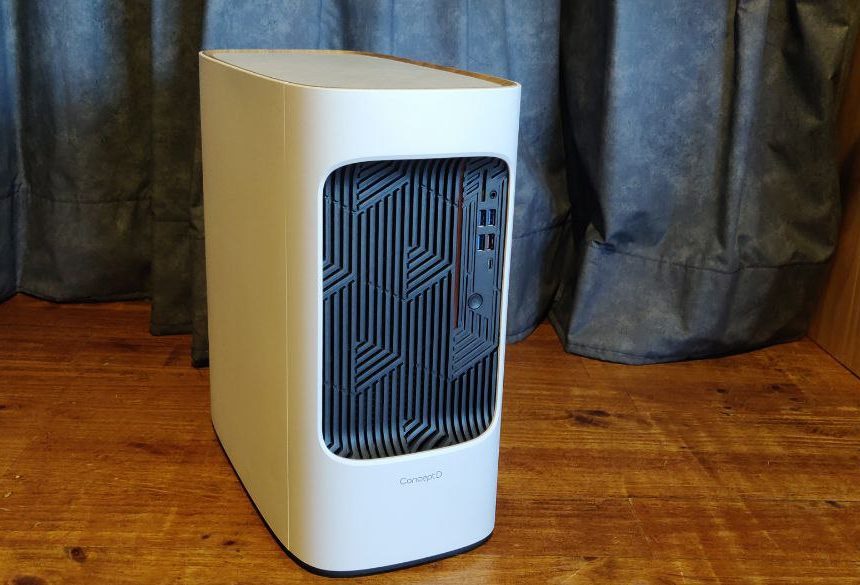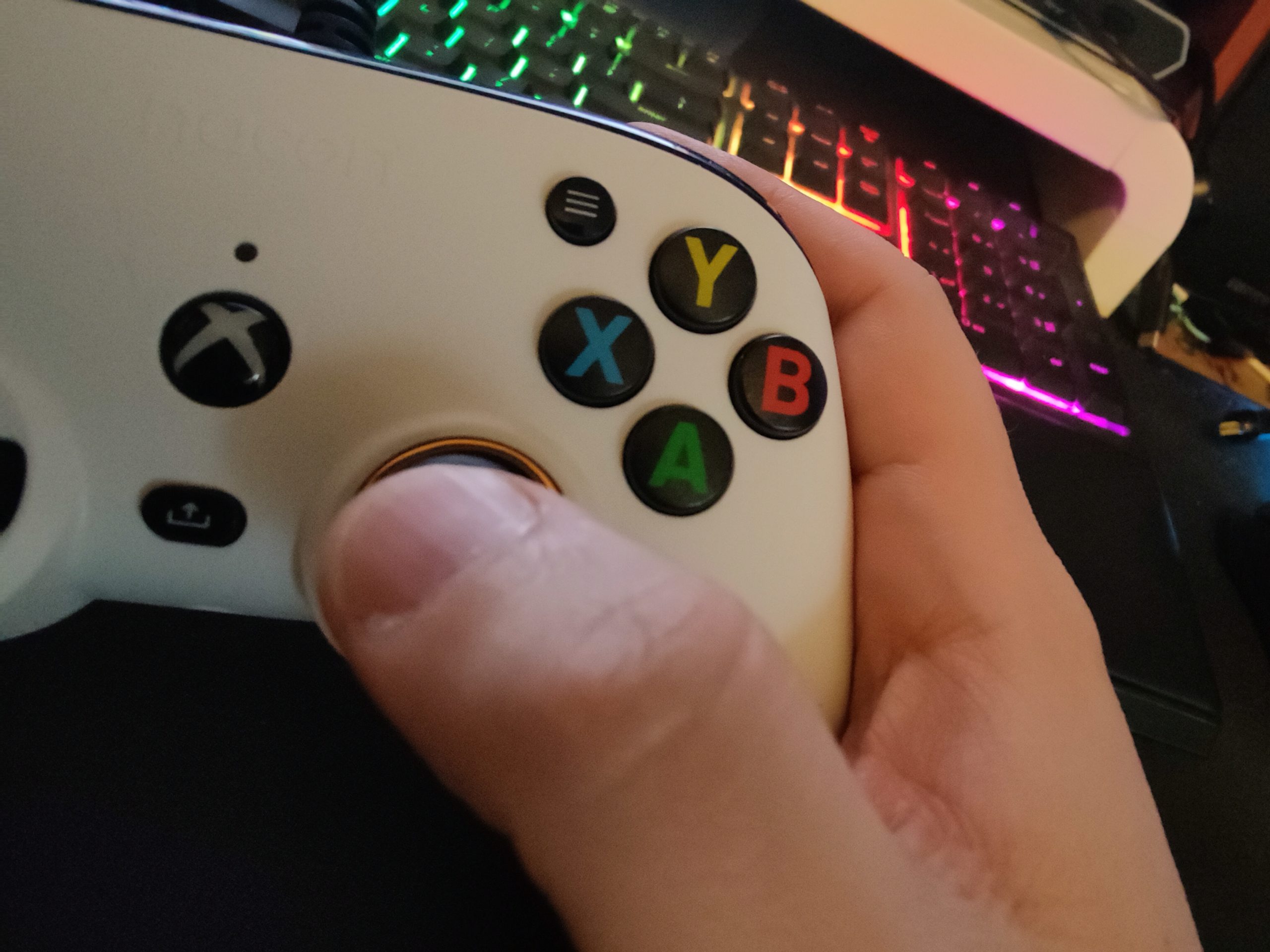When we’re buying tech, as people we balance our needs often at the cost of each other. When it comes to buying tech, this is more evident than in some other areas of our lives. Cost vs capability is the choice we need to make given the high cost of tech, but there is a niche of users who want and need — for a variety of reasons — the best possible solution for their needs. Enter the ConceptD 500, a desktop machine for users who genuinely need high-end hardware with far less consideration for the cost of acquisition.
What is it?
The ConceptD is a desktop machine with a no-compromise approach to performance for creative professionals. Understandably, once you see the specs, it’s easy to see why this isn’t a $600.00 PC (we’re awaiting confirmation of final pricing in Australia) if the last generation is anything to go by, $6,000.00 or more won’t be out of the question for the box alone.
Carrying the latest in i9 and i7 (model dependent) processors, NVidia GeForce GTx 3070 video card, 32/64GB of memory and terabytes of storage. The specs of the ConceptD 500 have been considered carefully to ensure that users will get high-level performance, consistently, not just each day but for a considerable time to come.
The machine can drive (in theory) up to four 8K monitors, which is frankly mind-blowing. To take advantage of what it can do you’ll want to be rocking at least one, preferably two or more 4K screens. That’s a lot of screen space to fill and use, with a lot of resource-heavy programs before you trouble this thing. Even if you’re working it very hard, the case’s design means that the airflow is plentiful and the noise barely noticeable even in a quiet space. We’ve had an Acer CB273U monitor on hand to assist with the review which will get its own article in the coming week or so.
It would be easy to think that, with this amount of processing power you’d need significant dedicated space for it. That’s not the case, however, because the box is no larger than other PCs on the market.
While it’s not larger, it has been set up to be expandable for future upgrades. The setup offers multiple 2.5″ and 3.5″ hard drive additions as well as extra ram and an extra M.2 SSD slot if you need fast access to your data.
Designed to work for you and your space
Some design elements are truly excellent on this machine. The engineering and design teams have thought of things that many wouldn’t, but they work well to minimise desktop clutter. Starting from the top, there are connection ports that are easy to access and — assuming the final product continues with last year’s features — a wireless charging pad built-in. Great news for anyone with a modern phone that supports the convenience of Qi charging and further reduces cabling mess.
There’s a pop-out headset cradle in the front of the case. Simply push the front of the cradle to release the latch, and it springs out. While this isn’t something that I’ve previously had on my own PCs, I found myself using it almost routinely during the review. It saves a bit more desk space and keeps the workspace tidy.
With the aesthetics and features built into the case for the ConceptD 500 PC, it’s been designed to be on your desk and not hidden under it.
Performance in daily use
During a typical daily use scenario, I’m pretty sure this thing barely warmed up, let alone broke a sweat. It’s got so much grunt that videos were encoding roughly 20% less than their runtime at 2K resolution. To put this into perspective, my existing personal computer (a few years old running an i5 CPU, 32GB of RAM and M.2 SSD) is rendering a 5-minute 2K video in a whisker under 8 minutes with the ConceptD doing the same job in just over 4 minutes.
Gaming capability
Like everything else on this machine, it’s very capable of gaming. There’s massive processing power, piles of RAM, a fast drive for data transfer and a good video card. Our testing time was pretty limited, but during that time I managed to cram in some Call of Duty, Diablo 3, F1 2021 (2022 is due very soon!) and a couple of older FPS.
It’s designed for gaming, so unsurprisingly with the specs this machine is carrying it was working, but barely raised a sweat in delivering a seamless gaming experience. The high-end specs of the machine — as we’ve already explored — means that it excels at everything and anything you care to throw at it.
Should you buy it?
Unless you’re in a high-end user bracket needing the grunt through doing significant video/image editing and content creation or playing games regularly, this is just too much PC for most people. In brutal honesty, if the specs aren’t too much — based on the previous model pricing — the price will be a massive barrier for many.
A PC like this is very much a niche need for people with a genuine need for serious performance. Acer markets the ConceptD range this way, focusing on the processing power and capability to produce content. That ranges from images, video, audio and even development. There is a lot to like about the Acer ConceptD range, but there’s also a high price to pay.
While I’m doubtful my budget will stretch to the level needed for a ConceptD to make a permanent appearance on my desk, this has highlighted to me just how far tech has come since I last upgraded my desktop PC, the performance in improved user experience is so much better, and it’s time for an upgrade.
Our review unit was one of the final engineering samples, which makes it difficult to comment on a few aspects of the machine. So while the performance specs are near-final, there may be some tweaks to the end-user delivered product, including presentation, which is the reason for referring to the previous version of the machine in some areas of this review. That being said, given the very sharp specs, I can confidently say you’re going to have a very good experience.














